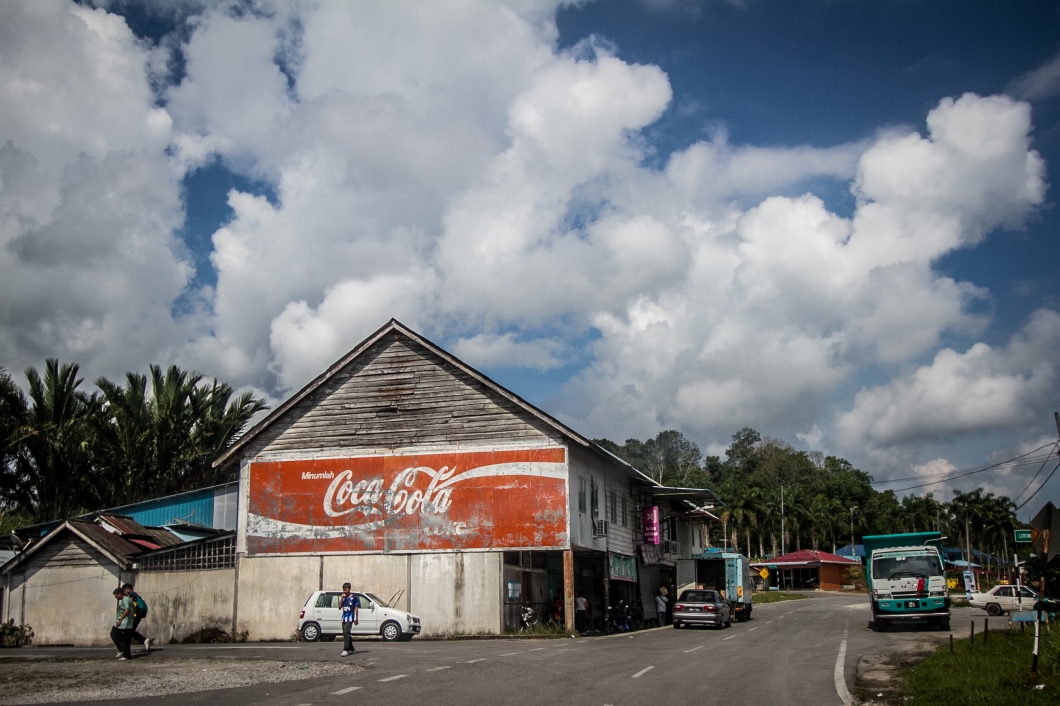The town is 22 km from the capital city of Kuching.
1840s – The old name for Bau Town was “Mau San” or “Bukit Mau” and European authors during the Brooke regime pronounced “Bau” as “Bow”. Historically, it started as a gold mining town in the 1840s discovered by Chinese miners originally from Sambas, Indonesia from Pangkalan Tebang, a former gold mining town. The few hundred and their families established themselves at Mau Sail (Bau Lama) under the leadership of Liu Shanbang. They started to exploit the antimony at Paku and Jambusan areas and gold in and around Mau San area. They also did some agricultural activities.

1857s – It has a historical connection with the destruction of the first Bau Bazaar at “Mau San” (Bau Lama) in 1857 during which time, it was estimated that at least a few hundred women and children were burned or died of suffocation inside the Ghost Cave and about 2,000 people including the followers of Liu Shanbang were killed in and around “Mau San” by the White Rajah Sir James Brooke’s force during the Chinese uprising in 1857
1884s – The mining operations were gradually taken over by The Borneo Company with the last Chinese syndicate being bought out in 1884
1889s – In 1898, The Borneo Company introduced the cyanide process for extracting the gold, which led to increased environmental pollution
1920s – In 1921, the mines were closed because most of the easily reachable minerals had been removed. But during the Great Depression, Chinese miners continued to work the mines
1970s – The mines were reopened in the late 1970s when world gold prices soared, but closed again in 1997 forced by the Asian financial crisis.
2000s – However by 2002, Preston Resources began developing the mining operations formerly held by Malaysia’s Oriental Peninsula Gold and in 2006, Zedex Minerals purchased the controlling interest.
Bau is the gateway to many limestone caves with not only unique limestone features but rich in cultural and historical heritage.